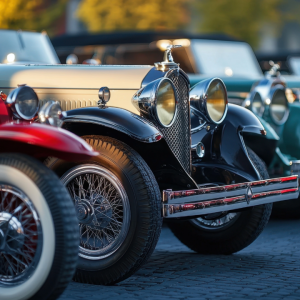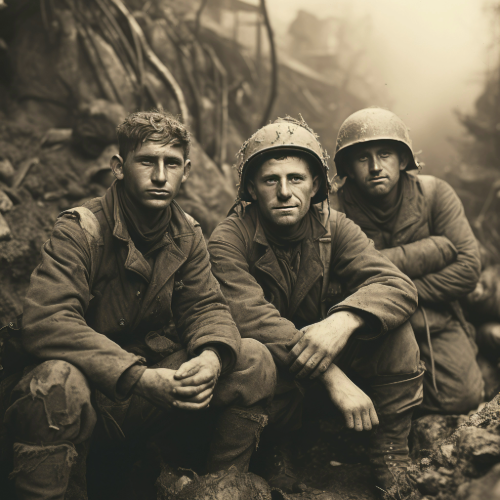Photography, the art of capturing light and immortalizing moments, has long captivated the hearts and minds of humanity. The advent of historical photography, the practice of documenting our past through the lens of a camera, has allowed us to preserve fleeting instants of time and provide invaluable insights into the tapestry of human history. Let us journey through the hallowed annals of historical photography, tracing its origins and the remarkable evolution that has shaped the way we perceive our collective past.
The Dawn of Photography: The Birth of a New Medium
The story of historical photography begins in the early 19th century with the pioneering work of two visionaries: Joseph Nicéphore Niépce and Louis Daguerre. Niépce, a French inventor, is credited with producing the first permanent photograph in 1826, using a technique known as heliography. This groundbreaking image, titled "View from the Window at Le Gras," captured the outlines of buildings and the surrounding landscape, heralding a new era of visual documentation.
In 1839, Louis Daguerre introduced the daguerreotype process, which considerably shortened the exposure time and improved the clarity of the images. The daguerreotype, a one-of-a-kind photograph on a polished silver-coated copper plate, became the first widely accessible photographic medium, allowing people to capture accurate and detailed representations of their world.
The Lens of History: The Emergence of Historical Photography
As the art of photography advanced, it quickly became an indispensable tool for documenting historical events, people, and places. The Crimean War (1853-1856) marked a turning point in the development of historical photography. British photographer Roger Fenton, sent to the front lines to capture images of the conflict, produced a series of haunting photographs that provided a raw and unfiltered glimpse into the realities of war.
The American Civil War (1861-1865) further cemented the role of photography as a vehicle for historical documentation. Photographers such as Mathew Brady and Alexander Gardner risked their lives to bring the brutal truth of the battlefield to the public. Their evocative images, often depicting the aftermath of battles and the faces of the fallen, laid the groundwork for the future of war photography and photojournalism.
Documenting Everyday Life: The Social Impact of Historical Photography
Historical photography extended beyond the realm of wars and conflicts, capturing the essence of everyday life and the social fabric of different eras. In the late 19th and early 20th centuries, photographers like Jacob Riis, Lewis Hine, and Dorothea Lange turned their lenses toward the struggles of ordinary people, immortalizing their stories through poignant images.
Riis' and Hine's photographs of impoverished urban dwellers and child laborers exposed the harsh realities of life during the Industrial Revolution, while Lange's iconic images of the Great Depression brought the plight of displaced families to the forefront of public consciousness. These powerful photographs humanized history, providing a window into the lives of those who might have otherwise been forgotten.
The Digital Revolution: A New Era of Historical Photography
The advent of digital photography in the late 20th century heralded a new era of historical documentation. The ability to capture, store, and share images electronically has revolutionized the way we document our past. Digital archives, online exhibits, and social media platforms have made historical photographs more accessible than ever before, allowing us to peer into the past with unprecedented ease.
Conclusion: A Timeless Chronicle of the Human Experience
Historical photography, a testament to the power of the visual narrative, has forever changed the way we perceive and engage with our collective past
. These images, frozen in time, provide a tangible connection to the people, places, and events that have shaped our world, transcending the barriers of time and space.
As technology continues to advance and new forms of visual storytelling emerge, historical photography will undoubtedly evolve in tandem, revealing ever more vivid and compelling glimpses into our shared heritage. From the haunting images of war-torn landscapes to the captivating portraits of everyday life, historical photography serves as an eternal reminder of the triumphs and tribulations that define the human experience.
As we look upon these timeless frames, we are not only transported to the past but also inspired to reflect upon our present and future. The power of historical photography lies in its ability to evoke empathy, understanding, and a profound appreciation for the rich tapestry of history that unites us all. Through the lens of historical photography, we are afforded a unique opportunity to bear witness to the ever-unfolding story of humanity, and in doing so, forge a deeper connection to our own place within this grand narrative.








